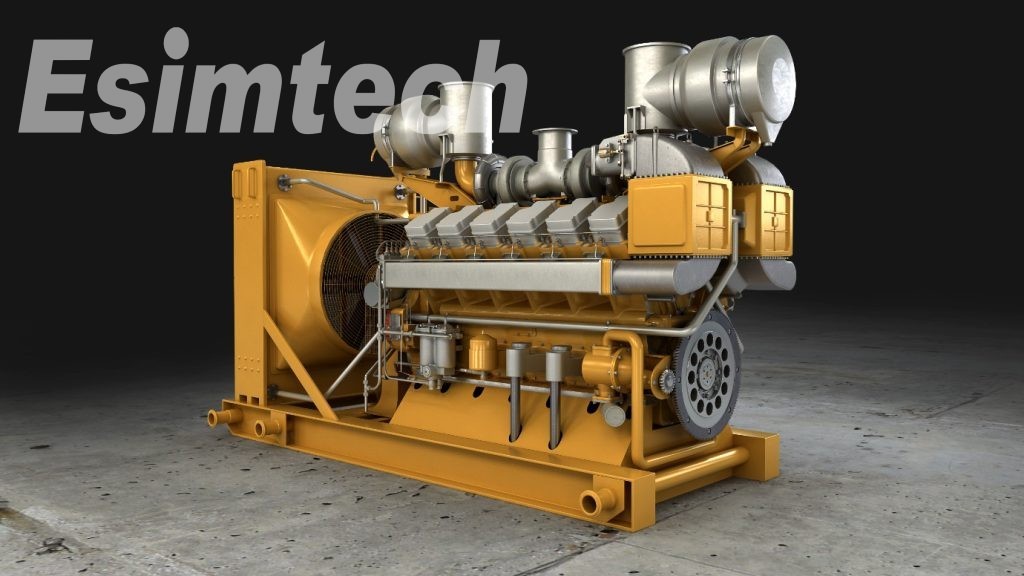How Offshore Oilrigs Work Float and Extract Oil?
How Offshore Oilrigs Work Float and Extract Oil?
Blog Article
An offshore oil rig or offshore platform is a large structure that is used to extract oil or natural gas in the rock beneath the seabed. In deep water up to 1700 feet, a fixed platform will be used. The platform is held in place by large steel or concrete legs that attach to the ocean floor. From 1500 to 4900 feet, a taller fixed platform called a compliant tower will be used. For deep water up to 12,000 feet, floating oil rigs will be used. There are several types of floating oil platforms, and a semi-submersible platform is one example. This platform is supported on large pontoons that provide buoyancy, allowing the unit to float and be towed from location to location. Some oil rigs are also equipped with propellers under the pontoons. Anchors will be used to secure the rig in the designated spot. Once on location, the pontoon structure is slowly flooded to keep them below the sea level. The work decks float on top of the water while the vast majority of their mass is below the water surface. Without the pontoons being submerged under the water, the platform will be unstable when the sea is rough. Exploring more detailed visualizations like the Oil and Gas Animation can help understand how these floating rigs operate and maintain balance amidst challenging sea conditions. The hoisting system is used to raise and lower the drill string. Cranes transport supplies between ships and the oil rig. Living quarters provide space for crew members to stay, eat, and sleep. A helicopter pad is available for crew transport, and emergency lifeboats offer an escape plan for any dangerous situations. There are many liquid tanks used to store water or fuel such as diesel, which powers the rig. The flare stack is often used to burn off flammable gas extracted with the oil. This gas must be separated and burned off to avoid possible explosions. The main purpose of an oil rig is to drill and extract oil from beneath the seabed. Oil lies under many layers of rock below the seabed. The hoisting system lowers the drill to the seabed. The drill bit is placed inside a large pipe called casing, with the top part called the wellhead. When the drill touches the bottom of the sea, it begins drilling down. Pressure water is pumped in to push dirt and rock out of the casing pipe. When the casing goes deep enough, it stays in place while the drill bit continues drilling further. The drill bit is pulled out, and smaller casing is installed. Cement is pumped down followed by mud, and a plug separates the cement and mud. The plug is pushed down to ensure the cement covers the outside of the casing and secures it permanently. This process repeats as drilling goes deeper and casing sizes get smaller. A very important device called a blowout preventer is installed on top of the wellhead when drilling approaches the oil. Its purpose is to prevent accidents caused by high-pressure oil coming out of the ground. Oil may come out with extreme pressure, called a kick, which can lead to a catastrophic blowout. The blowout preventer has two annulars and multiple pipe rams. Annulars are donut-shaped devices that seal the well when tightened, preventing oil from coming up. Pipe rams control pressure or seal the well. One ram called the blind shear ram has a steel blade. If high-pressure oil enters the drill string, this ram closes, cuts off the drill string, and seals the well permanently. Blowout preventers require careful testing before use to avoid human casualties and environmental disasters such as oil spills. Once oil is successfully extracted from beneath the seabed, it is pumped into pipelines and delivered to onshore facilities. Oil pipelines installed on the sea floor are called subsea pipelines. There exists an extensive network of subsea pipelines, such as those in the Gulf of Mexico.Types of Offshore Oil Rigs and Their Support Structures
How Floating Platforms Maintain Stability
Essential Components on an Offshore Oil Rig
Drilling Process and Well Construction
Blowout Preventer and Safety Mechanisms
Oil Extraction and Transportation
